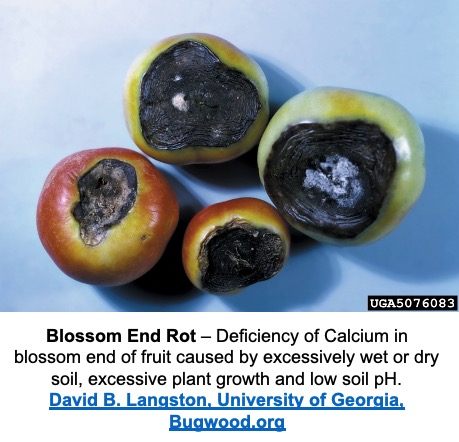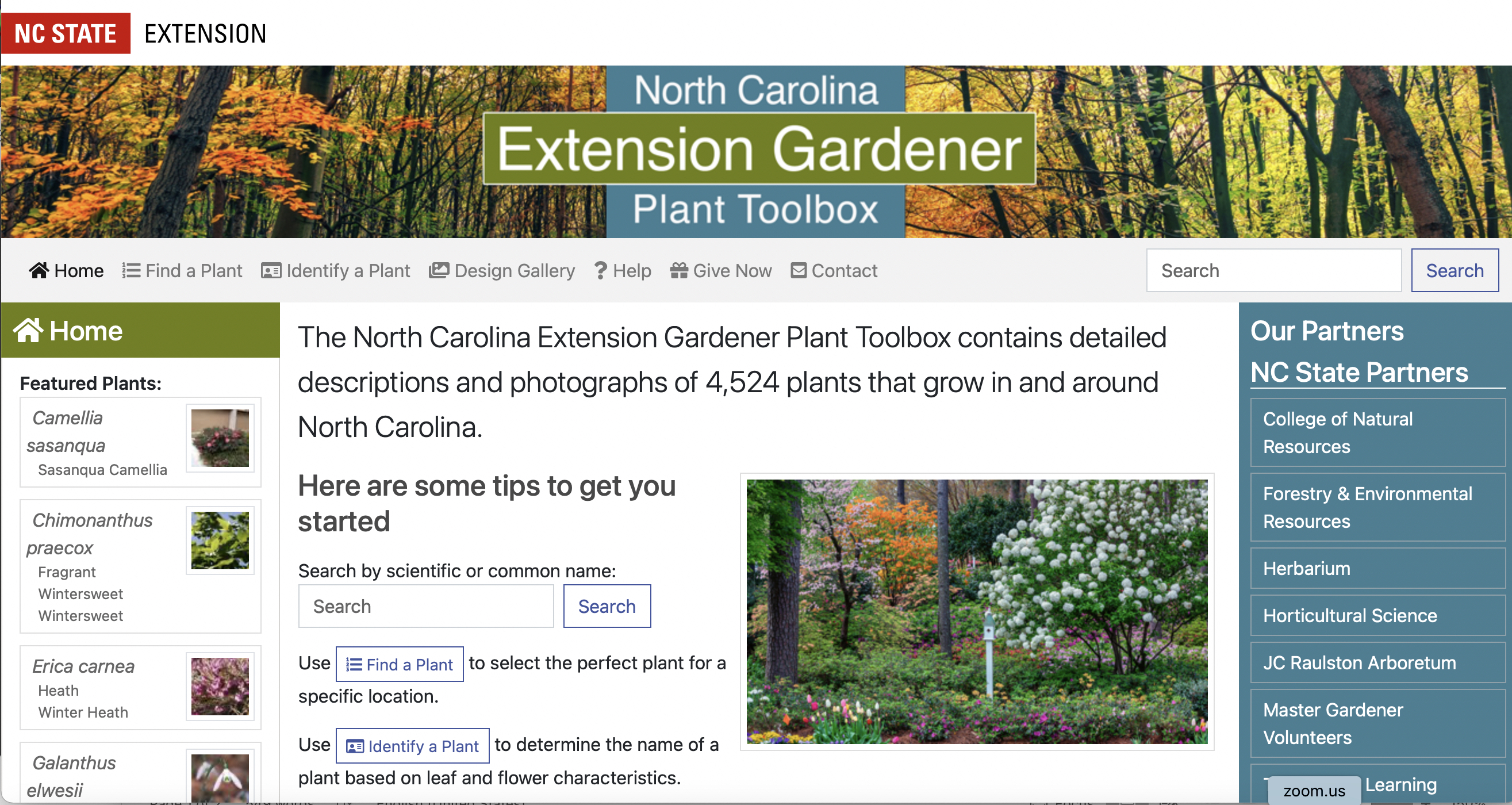What Is Limiting My Soil?
go.ncsu.edu/readext?832813
en Español / em Português
El inglés es el idioma de control de esta página. En la medida en que haya algún conflicto entre la traducción al inglés y la traducción, el inglés prevalece.
Al hacer clic en el enlace de traducción se activa un servicio de traducción gratuito para convertir la página al español. Al igual que con cualquier traducción por Internet, la conversión no es sensible al contexto y puede que no traduzca el texto en su significado original. NC State Extension no garantiza la exactitud del texto traducido. Por favor, tenga en cuenta que algunas aplicaciones y/o servicios pueden no funcionar como se espera cuando se traducen.
Português
Inglês é o idioma de controle desta página. Na medida que haja algum conflito entre o texto original em Inglês e a tradução, o Inglês prevalece.
Ao clicar no link de tradução, um serviço gratuito de tradução será ativado para converter a página para o Português. Como em qualquer tradução pela internet, a conversão não é sensivel ao contexto e pode não ocorrer a tradução para o significado orginal. O serviço de Extensão da Carolina do Norte (NC State Extension) não garante a exatidão do texto traduzido. Por favor, observe que algumas funções ou serviços podem não funcionar como esperado após a tradução.
English
English is the controlling language of this page. To the extent there is any conflict between the English text and the translation, English controls.
Clicking on the translation link activates a free translation service to convert the page to Spanish. As with any Internet translation, the conversion is not context-sensitive and may not translate the text to its original meaning. NC State Extension does not guarantee the accuracy of the translated text. Please note that some applications and/or services may not function as expected when translated.
Collapse ▲Over the past several weeks the Extension office has assisted several clients with evaluating and diagnosing soil-related issues that hinder plant growth. Homeowners may not be aware of the role soil plays in plant health and how small adjustments can create long-term impacts. Let us discuss one of the most common soil-related issues and how it can be addressed to improve plant performance.
Plant health and productivity is directly related to the ability of its roots to find nutrients and water to sustain cellular function. Soil pH is an essential component of this process which can affect root growth and the availability of soil nutrients and the fertilizer you apply. With pH values near 6.0-6.5, nutrients become more accessible to plants. As pH values become excessively low or high outside of this range, nutrients can become less available and others can become toxic.
Plants may express their dislike for current pH levels by exhibiting symptoms of nutrient deficiencies. This includes stunting, changes in color, and dieback of plant tissue. A common symptom homeowners might see is yellowing of centipedegrass in spring when pH values are too high and iron becomes deficient. These high pH values will result in the decline of centipede turf and can be avoided by monitoring pH levels and avoiding over liming.
Soil pH can be raised with lime or lowered with elemental sulfur. Homeowners should only apply these products if a soil test indicates the need to adjust soil pH. Soil testing is available through the North Carolina Department of Agriculture and Consumer Services’ Soil Testing Lab. These testing services are free of charge between April and November, but peak season testing fees of $4.00 per sample is required November through March. Soil sample supplies needed to complete an NCDA&CS soil test are available through your local N.C. Cooperative Extension office. To learn more about soil testing visit the NC State Extension fact sheet titled, ‘A Gardener’s Guide to Soil Testing.’
With these soil test results, homeowners will be provided with a suggested pH growing range for their crop and recommendations for adjusting pH, if required. Not every plant requires the same pH range and it is important to consider this factor when making plant choices for your landscape. Naturally high pH soils often contain shell material which is a lime source. Homeowners will have great difficulty lowering pH values in this situation and should avoid planting acidic loving plants like blueberries or azaleas. If you would like to learn more about different plant species and their soil requirements, you can visit the NC State Extension Plant Toolbox. From this website you can examine thousands of plants, learn about their soil requirements, and select plants that meet your landscape needs.
Homeowners should consider monitoring soil pH levels if you plan to maximize plant health in your landscape. A soil test every 2-3 years is a recommended practice. Soil pH levels should be adjusted slowly with small amounts of recommended materials, which may take several months to affect a pH change. However, if you follow these simple steps, you can help ensure your plants are provided with the best conditions for growth. If you have additional questions about soil pH or soil testing, please contact Daniel Simpson at 252-745-4121 or daniel_simpson@ncsu.edu.
Happy gardening!






